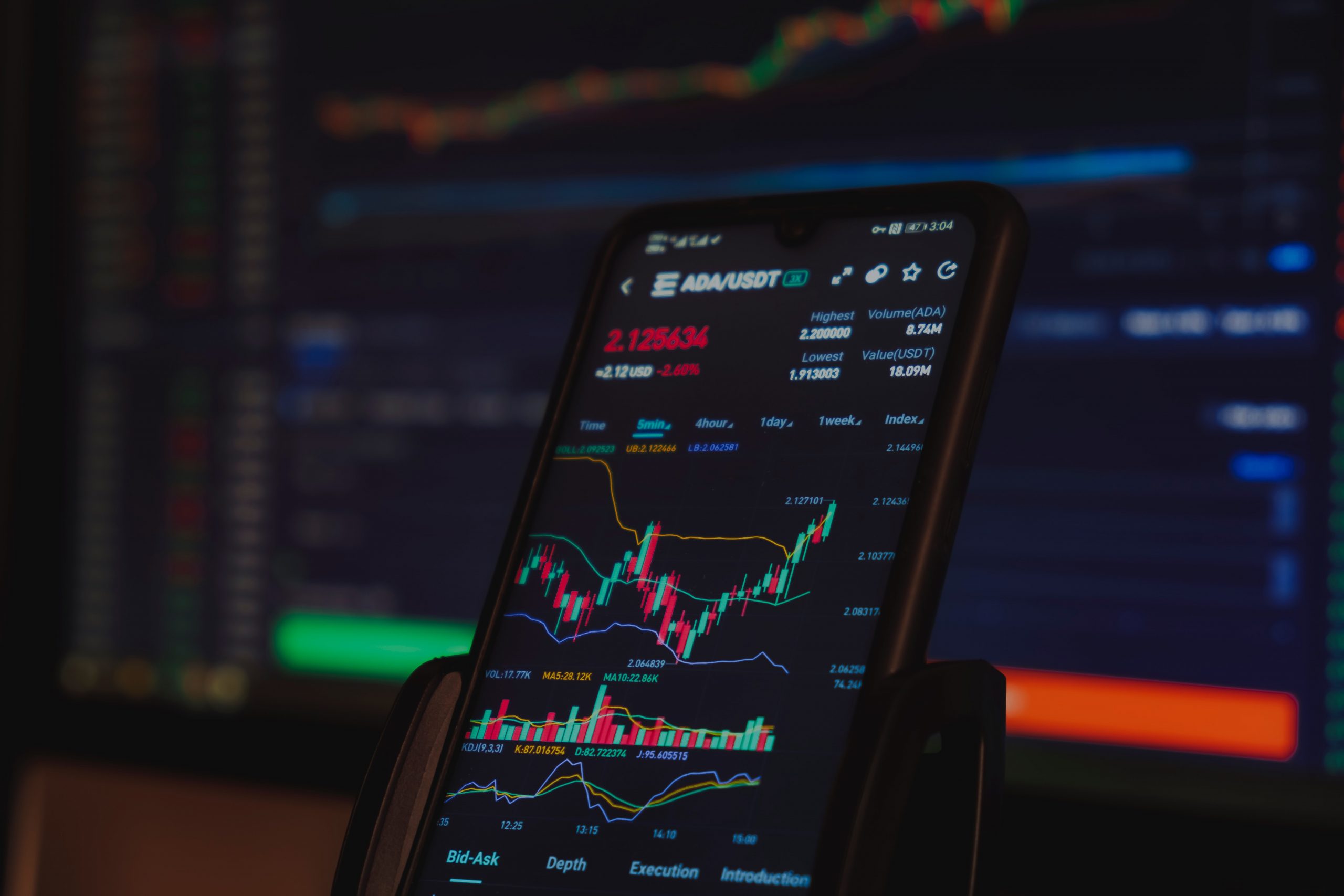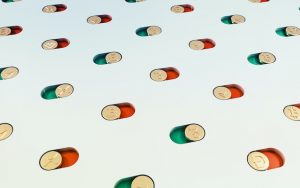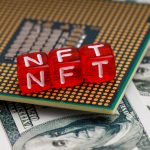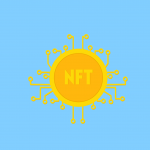The creator of an NFT gets to decide the scarcity of their asset.
For illustration, consider a ticket to a sporting event. Just as an organizer of an event can choose how numerous tickets to sell, the creator of an NFT can decide how replicas exist . Occasionally these are exact replicas, similar as 5000 General Admission tickets. Occasionally several are minted that are very similar, but each slightly different, such as a ticket with an assigned seat. In another case, the creator may want to produce an NFT where only one is formed as a special rare collectible.
In these cases, each NFT would still have a unique identifier (like a bar law on a traditional” ticket”), with only one proprietor. The intended scarcity of the NFT matters, and is over to the creator. A creator may intend to make each NFT fully unique to produce scarcity, or have reasons to produce several thousand replicas. This information is all public.
What’s more, unpacking the issue reveals the question: can digital scarcity replicate the effects of physical scarcity?
There are numerous goods of physical scarcity: it generally makes the item more desirable, more precious, and more interesting. This appears to carry over to the digital world, but with some caveats.
Originally, a rare physical item has a number of inherent risk attached it could be destroyed, it’ll probably decay overtime, it could be lost, and so on. Digital particulars can also ( occasionally) be destroyed, and they can clearly be lost by the proprietor losing access to the wallet or passing down. Still, they don’t suffer the threat of decay, which means their actuality ought to be less precarious.








